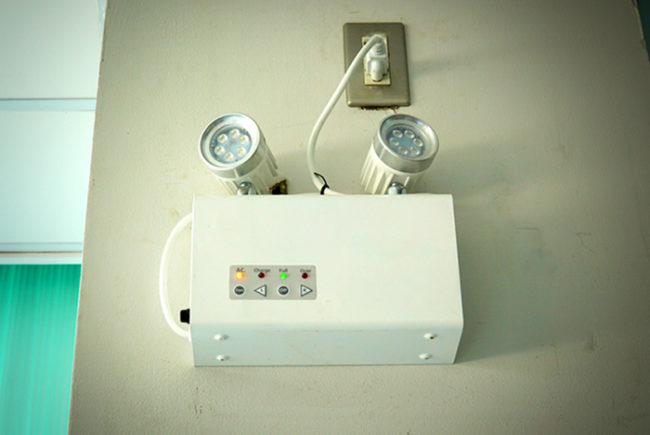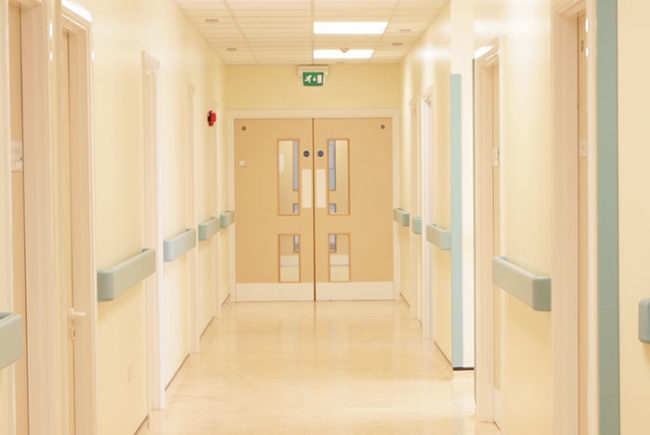ASHE updates fire safety evaluation tool to align with NFPA code
The American Society for Healthcare Engineering has updated its Fire Safety Evaluation System (FSES) for Healthcare Occupancies to help health care facilities comply with the National Fire Protection Associations’s (NFPA) Life Safety Code standard for alternative compliance.
The NFPA Life Safety Code allows for alternative compliance solutions for health care facilities, which can save costs and time under certain conditions. ASHE’s tool can help health care facilities to determine whether their level of fire safety is equivalent to that prescribed by NFPA 101: Life Safety Code.
Joint Commission lists three practical approaches to violence prevention
The Joint Commission recently posted three tips for preventing health care workplace violence. Ann Scott Blouin, R.N., PhD, FACHE, executive vice president of customer relations, addressed personal risk factors and listed three steps hospitals should take to protect patients and staff: De-escalation training, developing a workplace violence prevention plan and enforcing a zero-tolerance policy.
Blouin shared several resources that hospitals can reference for more guidance.
ASPR updates CMS Emergency Preparedness Rule compliance resource
The Department of Health & Human Services Office of the Assistant Secretary for Preparedness and Response updated resources to help health care facilities comply with the Centers for Medicare & Medicaid Services Emergency Preparedness Rule that when into effect last year.
The resource addressed a number of updates, including responses to technical assistant requests.
Newport Medical Instruments recalls two ventilators due to a software issue
The Food and Drug Administration has identified a Class I recall of the Newport Medical Instrument’s HT70 and HT70 Plus ventilators. The ventilators are intended to provide breathing support for individuals who require mechanical ventilation. Newport is recalling the ventilators because a software problem may cause it to shut down unexpectedly without sounding an alarm. If the ventilator shuts down, the patient may not receive enough oxygen and could suffer serious adverse health consequences such as brain damage, or even death.





